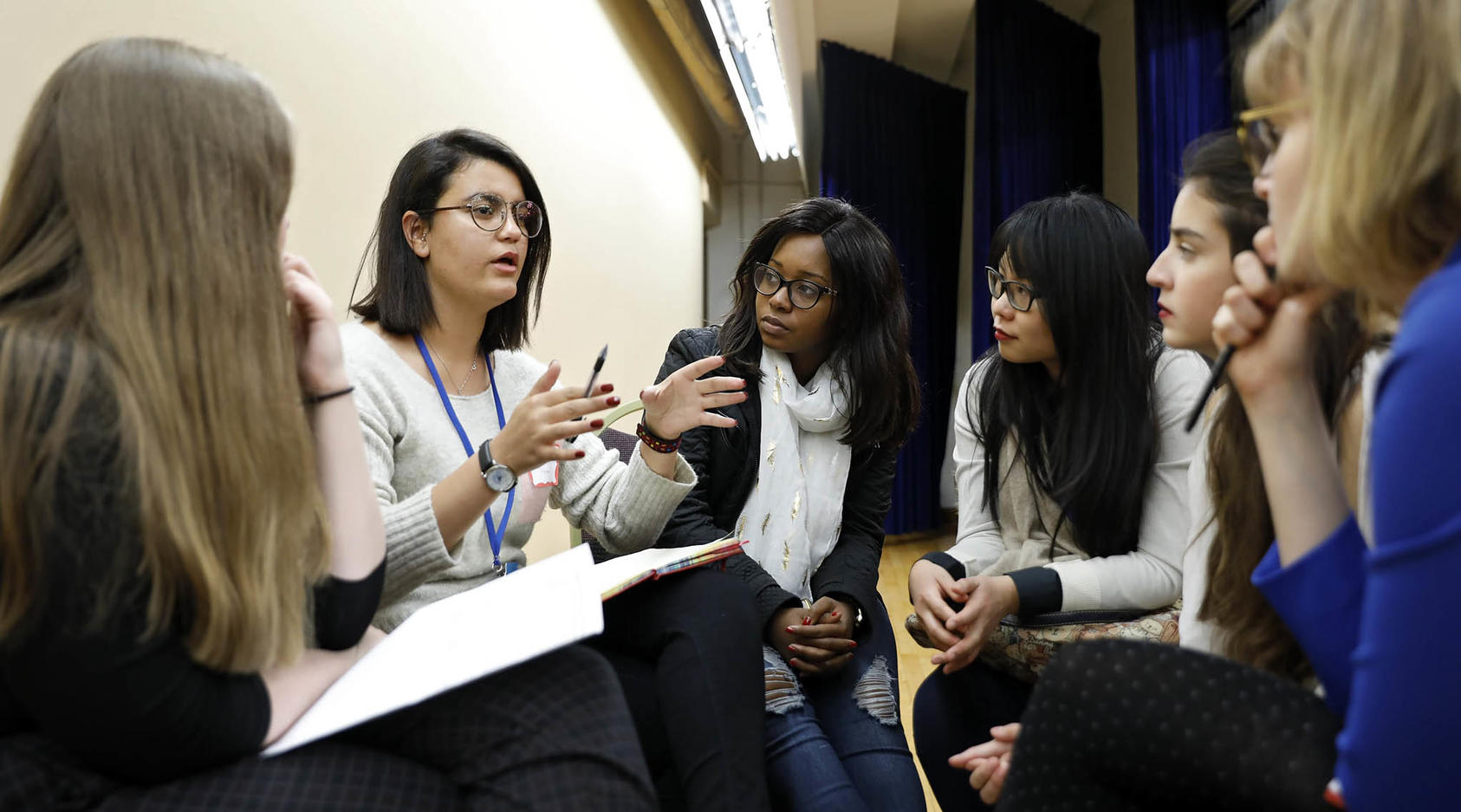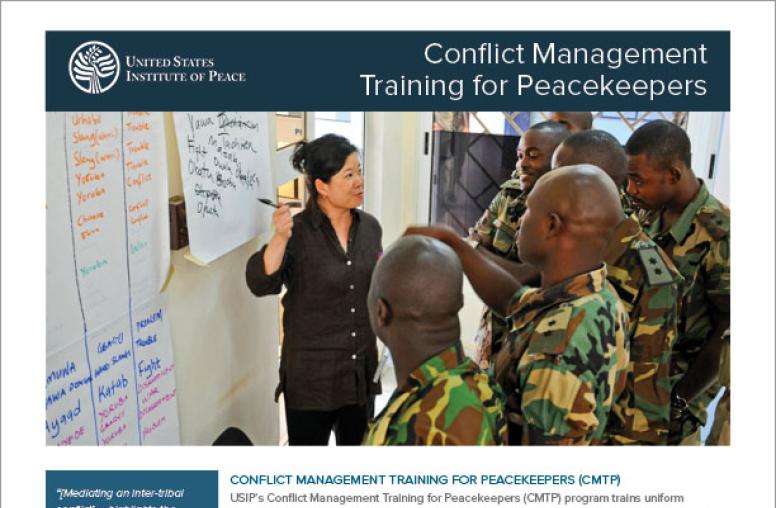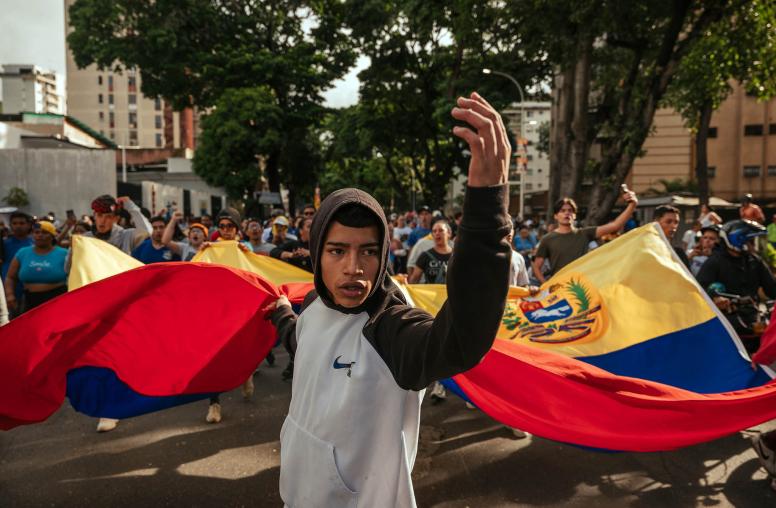Peace Mediation 2: Engagement
In this intermediate-level peace mediation course participants examine mediator engagement from both the mediator's perspective and that of various actors in the field. They will understand the roles of local actors and explore the impact of culture on mediation analysis and adaptation. Finally, they will gain insights into providing mediation support and ensuring the sustainability of agreements. Upon course completion, participants will possess the knowledge and skills to engage confidently in peace mediation, making meaningful contributions to conflict resolution efforts.

Learning Objectives
Participants will achieve four key learning objectives:
- Understand when mediation is suitable and learn how to assess mediation conditions
- Explore engaging with stakeholders in peace mediation at international and local levels, recognize the importance of culture in peace mediation, and acquire tools for applying a cultural lens to mediation.
- Develop sensitivity to cultural nuances for contextually relevant mediation, and hone critical thinking skills for planning and assessing mediation support.
- Examine real-world scenarios for effective support in mediation efforts.
Agenda
Chapter 1: Knowing When to Engage in Mediation
The first chapter of this course examines the theory around timing and ripeness and provides the learner with an understanding on when it is appropriate to begin engaging in peace mediation.
Chapter 2: Engaging in Mediation
This chapter explores the two sides of engagement in peace mediation: the mediator’s readiness (ability) to engage and the conflict parties’ willingness to engage the mediator. This helps the mediator to determine if they are the right person for a specific mediation.
Chapter 3: Understanding International and Local Actors
This chapter provides an overview of the various actors that are most commonly engaged in a peace mediation process, from institutions or individuals to local and international organizations. The chapter explores the challenges and benefits of integrating various actors in an inclusive manner into a peace mediation process.
Chapter 4: Understanding the Role of Culture in Mediation
This chapter explains the ways in which culture plays a critical role in mediation and how mediators must take cultural context into consideration when developing and designing the mediation process.
Chapter 5: Mediation Support
This chapter looks at two aspects that ensure a successful peace mediation: a supportive system and sustainable implementation. It looks at who provides the support and the important role that insider mediators play in the implementation phase.
Chapter 6: Conclusion
This chapter invites you to reflect on what you've learned throughout the course and share your feedback with us.


